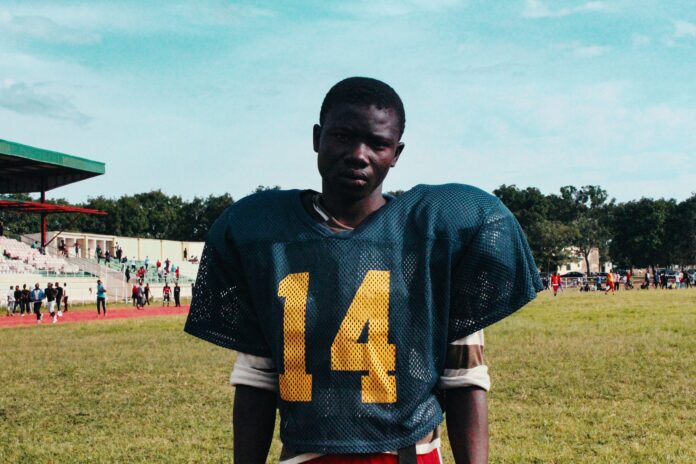
By
There comes a time when every professional football player hangs up their jersey as the lights go out on their multi-million dollar career. They may never again feel the impact of colliding head-on with a 300-pound defensive tackle or being sacked before making a pass, but the pain from the sport lingers on — especially for Black players.
According to a recent study, Black former National Football League (NFL) players are hurting worse off the field than their white peers.
Researchers at Harvard Medical School, Brigham and Women’s Hospital, Massachusetts General Hospital, and Spaulding Rehabilitation Hospital found that Black ex-players experience more intense levels of pain that interfere with daily activities.
“We’ve known for quite a while that there are large racial and ethnic differences in pain outcomes around the world, just like there are for most other medical outcomes,” Robert Edwards, a senior author and Harvard Medical School associate professor of anesthesia, said in a statement. “It’s only recently we’ve been studying some of the contributors to these sorts of effects in the U.S.”
In 2022, there were reportedly 161 concussions during the regular season. Between 2015 and 2021, there were an average of 159 per year.
The research team also found that Black players experienced more severe fatigue, were more likely to smoke, and exercised less. Mental and social factors, such as depression, anxiety, and a lack of social support were more strongly connected with pain among Black players than in white players.
The findings, published in the June issue of the journal “Pain,” were discovered as part of Harvard University’s Football Players Health Study — a program that examines the conditions impacting players’ short- and long-term health.
“There are many factors that likely drive the racial disparities in chronic pain that we found in elite athletes, such as discrimination in medical settings, early life socioeconomic disadvantages, and more,” Rachel Grashow, a senior author and director of epidemiological research initiatives for the Football Players Health Study said.
Black men represent 56% of NFL players, compared to white men, who represent 25%, and Hispanic and Latino men, who represent less than 1%, according to Statista. As a result, Black players are no strangers to the injuries the physically demanding sport causes.
In 2022, there were reportedly 161 concussions during the regular season. Between 2015 and 2021, there were an average of 159 per year, according to data from the NFL.
This study is a microcosm of the racial and ethnic disparities in pain that we’ve observed over the years, and reminds us that elite athletic status is not sufficient to eliminate these difference.
ROSS ZAFONTE, PRINCIPAL INVESTIGATOR
Concussions — known to increase the likelihood of cognitive impairment, depression, and anxiety later in life — are among the most common NFL injuries next to torn ACLs, ankle sprains, and shoulder dislocation.
Whether they’re a pro baller, star college athlete, or a high school team member, football players of all levels are vulnerable to poor health outcomes.
“This study is a microcosm of the racial and ethnic disparities in pain that we’ve observed over the years, and reminds us that elite athletic status is not sufficient to eliminate these differences,” Ross Zafonte, principal investigator of the Football Players Health Study and the HMS Earle P. and Ida S. Charlton Professor of Physical Medicine and Rehabilitation at Spaulding said.


